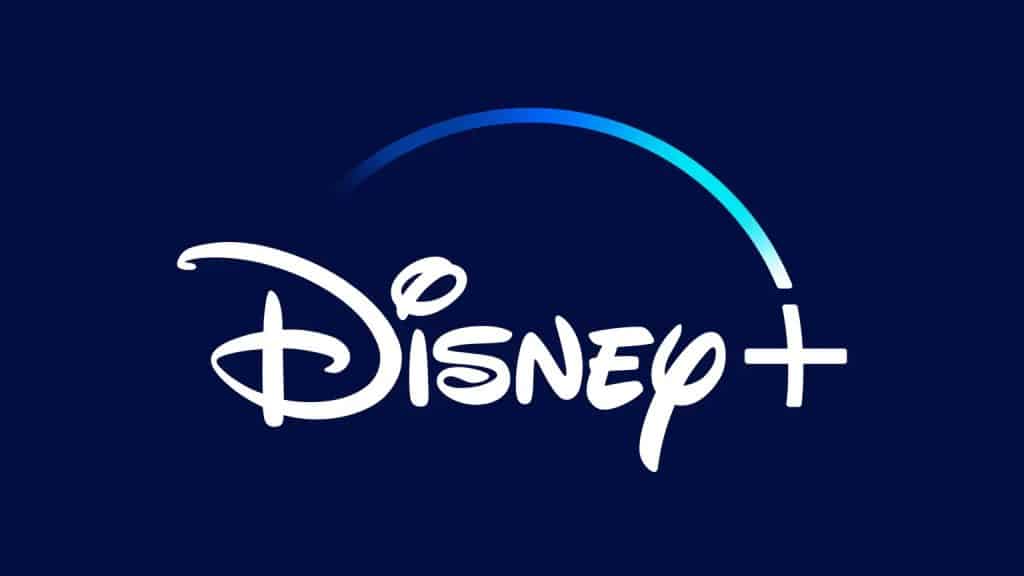
Why Disney+ Is Pushing Its Ad-Support Tier
Last December, Disney+ launched an ad-supported tier in the United States, which offers a lower-priced alternative for subscribers, and later this year, on November 1st 2023, it will be launching an ad-supported tier in Canada and in select countries across Europe.
Disney CEO recently revealed during an investor call that since the launch of the ad-supported tier, 40% of new subscribers are now picking the ad-supported option, which is likely to continue to increase as the cost of living crisis continues and people try to save money. But, Disney wants more subscribers to shift over or sign up to the ad-supported tier, since they actually make more money this way.
This is one reason why Disney increased the price of the ad-free tier last year and will do so again later this year, while keeping the ad-supported tier at the same price in the US and also offering a bundle of Hulu and Disney+ with ads for just $9.99 a month. Making it look almost silly not to get the bundle, since it offers so much content, for just $2 a month more.
While in Canada and Europe, Disney is going to introduce an even lower ad-supported tier in Canada/Europe in November, which will no doubt help sign more subscribers and see many existing households, downgrading to save money.
With these new ad-supported tiers, Disney gets money from subscribers, but more importantly, more money from advertisers, allowing Disney, along with other streaming services, to double dip, which will help make more profit. Netflix is also doing something similar. Having initially launched its ad-supported tier just weeks before Disney+, it recently removed one of its middle-priced tiers, as a way to encourage more people to sign up to the ad-supported offering.
Other streaming services, which already had success with ad-supported tiers, including Paramount+, Max, and Peacock, have a total revenue per user much higher on the ad-supported plan than it is on the ad-free plan. Disney has already seen lots of success with the ad-supported tier on Hulu, where 90% of subscribers are on the ad-supported tier.
In a recent interview with THR, Julie Clark, senior VP at TransUnion’s media and entertainment vertical, explained that:
“Streaming is the future of content access, and platforms are trying to create a clearer choice for consumers with their ad-supported and ad-free offerings. Economic pressures make it impossible for consumers to subscribe to multiple platforms, and streaming platforms understand the value exchange of advertising with quality content is a logical next step.”
According to a recent report from Hub Research, 60% of those interviewed, said they would choose to watch content on an ad-supported platform rather than an ad-free platform, if it saved them $4 to $5 per month or more. Mark Loughney, senior consultant to Hub, said:
“Consumers don’t just tolerate advertising in video content — in most cases, they actually see benefits from it. It allows them to choose their preferred video tiers at lower cost, and when presented right, advertising results in a more engaging viewing experience.”
Bob Iger has said on many occasions that they priced Disney+ low to begin with to try to capture a market share, which they were very successful in doing, but that the prices were never going to stay that low forever, which has resulted in annual price rises. Which, as you might expect, has annoyed customers, who have been feeling the pinch from everything else going up in price too.
Ken Suh, chief strategy officer of the CTV ad tech firm Nexxen also explained:
“Context is key when considering these price hikes. Most media companies are struggling with the shift of linear distribution revenue to streaming due to consumer behavior, so to capture audiences, initial monthly fees were low. The recent rise of ad-supported customers supports the theory that people are willing to watch ads to lower their monthly costs, but the future-looking question is: What will subscribers do if pricing adjusts so much that the ad-supported levels rise to the original ad-free prices for the initial service launches?”
We are likely to see Disney, along with other streaming services pivot more and more to offering ad-supported tiers as their primary option. With audiences looking to save money and having as many streaming services as possible, we are likely to see Disney+ drastically shift focus, especially once it eventually merges with Hulu. We are already seeing Disney actively promoting the Hulu and Disney+ bundle for just $9.99. And no doubt, this winter, across Canada and Europe, Disney will be making another marketing push to promote the new low-cost tier to get more people to sign up. Disney might have only been in the streaming business for a few years, but it has been selling advertising on television for decades and wants to continue to do so.
Will you be moving your Disney+ subscription to an ad-supported tier? Let us know on social media!



